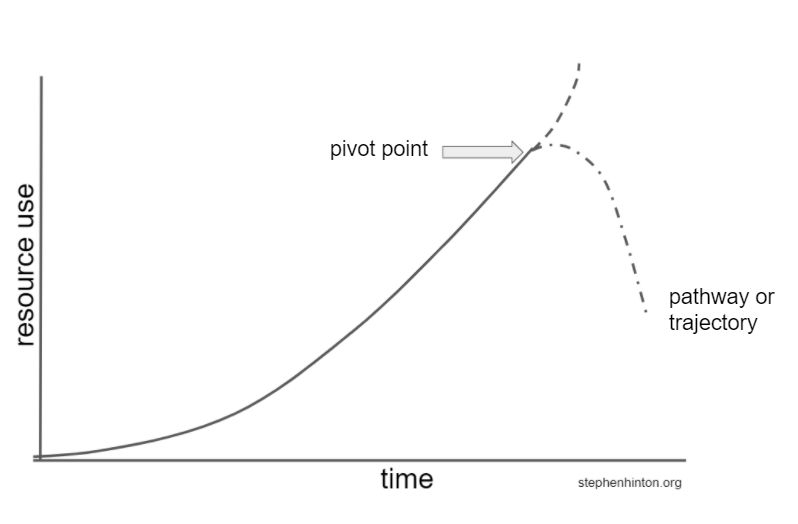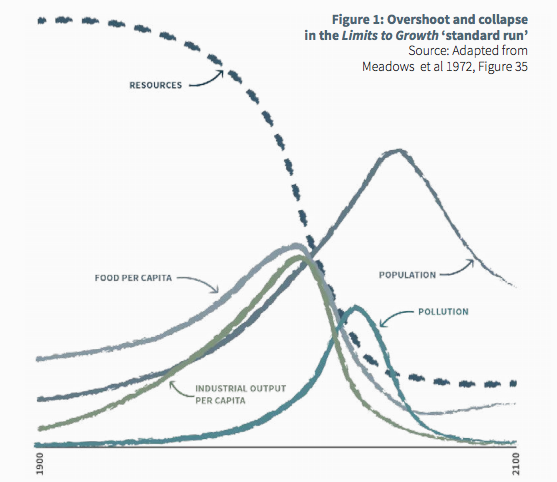Categories Society
7 days
30 days
All time
Recent
Popular
A few things that I didn't cover yesterday when I talked about equity factor models (it's a huge area and it's impossible to more than scrape the surface)
1. How do you get the exposure matrix Xt?
There are different ways to estimate it, depending on the factor. Simplest is factors like industry or country exposure where the entries can be 0/1 depending on whether the stock is in that industry/country or not.
Some exposures can be estimated by linear regression on historical data, if you already have a time series which approximates the factor returns. E.g. exposure to the market factor (beta) is estimated this way, by regressing each stock against the S&P 500 (or some other index)
This also works for "macro" factors e.g. you can estimate exposures for each stock to commodity prices, exchange rates, interest rates, GDP or inflation surprises etc by regressing stock returns against the relevant historical time series.
Finally you can have exposures which are heuristically derived from other observable data about the stock, e.g. accounting data, analyst reports, past price movements etc. In this case you find some metric which measures the factor you care about (e.g. price to earnings) and
A few people in the DMs asking about equity factor models so here's a short explainer.
— macrocephalopod (@macrocephalopod) February 2, 2021
Let's make it a concrete problem -- you are the risk manager at a big multi-manager hedge fund with ~100 sub-PMs each of whom has a portfolio of 10-50 stocks, long and short.
1. How do you get the exposure matrix Xt?
There are different ways to estimate it, depending on the factor. Simplest is factors like industry or country exposure where the entries can be 0/1 depending on whether the stock is in that industry/country or not.
Some exposures can be estimated by linear regression on historical data, if you already have a time series which approximates the factor returns. E.g. exposure to the market factor (beta) is estimated this way, by regressing each stock against the S&P 500 (or some other index)
This also works for "macro" factors e.g. you can estimate exposures for each stock to commodity prices, exchange rates, interest rates, GDP or inflation surprises etc by regressing stock returns against the relevant historical time series.
Finally you can have exposures which are heuristically derived from other observable data about the stock, e.g. accounting data, analyst reports, past price movements etc. In this case you find some metric which measures the factor you care about (e.g. price to earnings) and
THREAD: one more time on the need for citizens to understand the need for, then demand, then deliberate on, then manage - a total pivotal change. Next tweet..what is a pivot and why we need one 1/
We all did this as kids: Walk up a see-saw, you keep going fine until you cross the fulcrum then WHAM! It flips.This is what happens in nature when resources are used up faster than they are replenished. All goes fine until nearly half are used up. All who study biology know..2/
This flip is a population crash. It is natural. Important to know: the crash comes after the point where more resources are being used up than are being replenished. There is a period of overshoot. The crash comes some time after overshoot. Can that happen to humans? 3/

According to Joseph Tainter (1988) there have been three:
Ancient Rome
Mayan Civilisation
Ancestral Puebloans
Modern society is exhibiting all the signs (Club of Rome 1972) 4/
https://t.co/ND85PXV9MB

All of this is well-known by scholars. But somehow it does not seem to have sunk in with citizens in general. The urgency. So let me say it again in a retweet-worthy way 5/
We all did this as kids: Walk up a see-saw, you keep going fine until you cross the fulcrum then WHAM! It flips.This is what happens in nature when resources are used up faster than they are replenished. All goes fine until nearly half are used up. All who study biology know..2/
This flip is a population crash. It is natural. Important to know: the crash comes after the point where more resources are being used up than are being replenished. There is a period of overshoot. The crash comes some time after overshoot. Can that happen to humans? 3/

According to Joseph Tainter (1988) there have been three:
Ancient Rome
Mayan Civilisation
Ancestral Puebloans
Modern society is exhibiting all the signs (Club of Rome 1972) 4/
https://t.co/ND85PXV9MB

All of this is well-known by scholars. But somehow it does not seem to have sunk in with citizens in general. The urgency. So let me say it again in a retweet-worthy way 5/
Thread of some posts about diversity & inclusion I've written over the years. I still stand behind these.
(I'm resharing bc a few folks are suggesting Jeremy's CoC experience ➡️ partially our fault for promoting diversity, we should change our values, etc. Nope!)
1/
Math & CS have been my focus since high school/the late 90s, yet the sexism & toxicity of the tech industry drove me to quit. I’m not alone. 40% of women working in tech leave. (2015)
https://t.co/NGNSxnnAdt 2/
Superficial, showy efforts at diversity-washing are more harmful than doing nothing at all. Research studies confirm this (2015)
https://t.co/1t6T4LKqiA 3/
The primary reason women leave the tech industry is because they are treated unfairly, underpaid, less likely to be fast-tracked, and not given a fair chance to advance. (2016)
https://t.co/NkVc5Yseo9 4/
Diversity Crisis in AI, 2016 (written the week we publicly launched fast ai, this has been a core value from the start): https://t.co/hejGQTHGwU
Diversity Crisis in AI, 2017 edition: https://t.co/Owwt8C14yh 5/
(I'm resharing bc a few folks are suggesting Jeremy's CoC experience ➡️ partially our fault for promoting diversity, we should change our values, etc. Nope!)
1/
Math & CS have been my focus since high school/the late 90s, yet the sexism & toxicity of the tech industry drove me to quit. I’m not alone. 40% of women working in tech leave. (2015)
https://t.co/NGNSxnnAdt 2/
Superficial, showy efforts at diversity-washing are more harmful than doing nothing at all. Research studies confirm this (2015)
https://t.co/1t6T4LKqiA 3/
The primary reason women leave the tech industry is because they are treated unfairly, underpaid, less likely to be fast-tracked, and not given a fair chance to advance. (2016)
https://t.co/NkVc5Yseo9 4/
Diversity Crisis in AI, 2016 (written the week we publicly launched fast ai, this has been a core value from the start): https://t.co/hejGQTHGwU
Diversity Crisis in AI, 2017 edition: https://t.co/Owwt8C14yh 5/






























